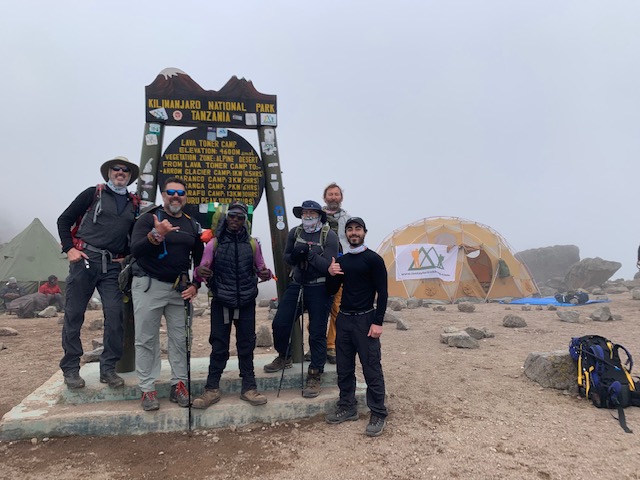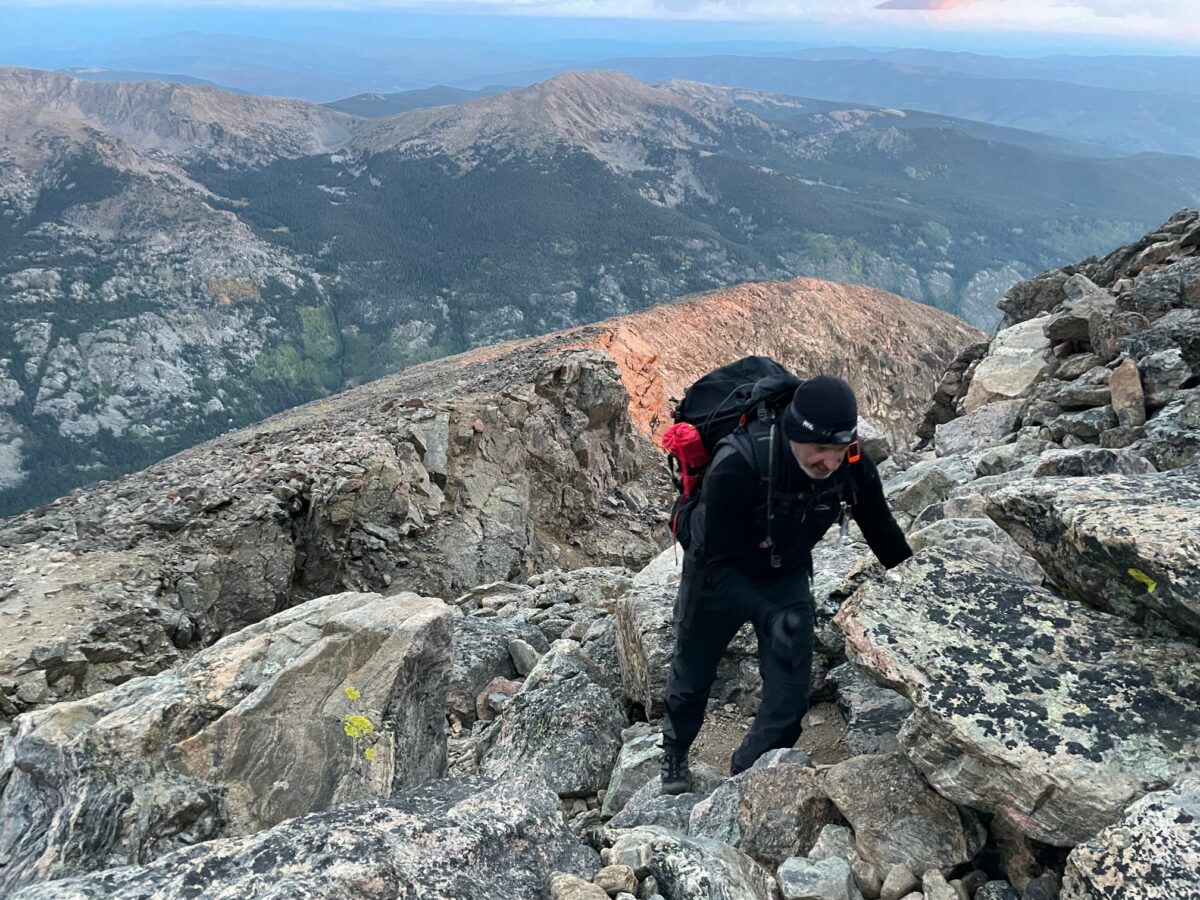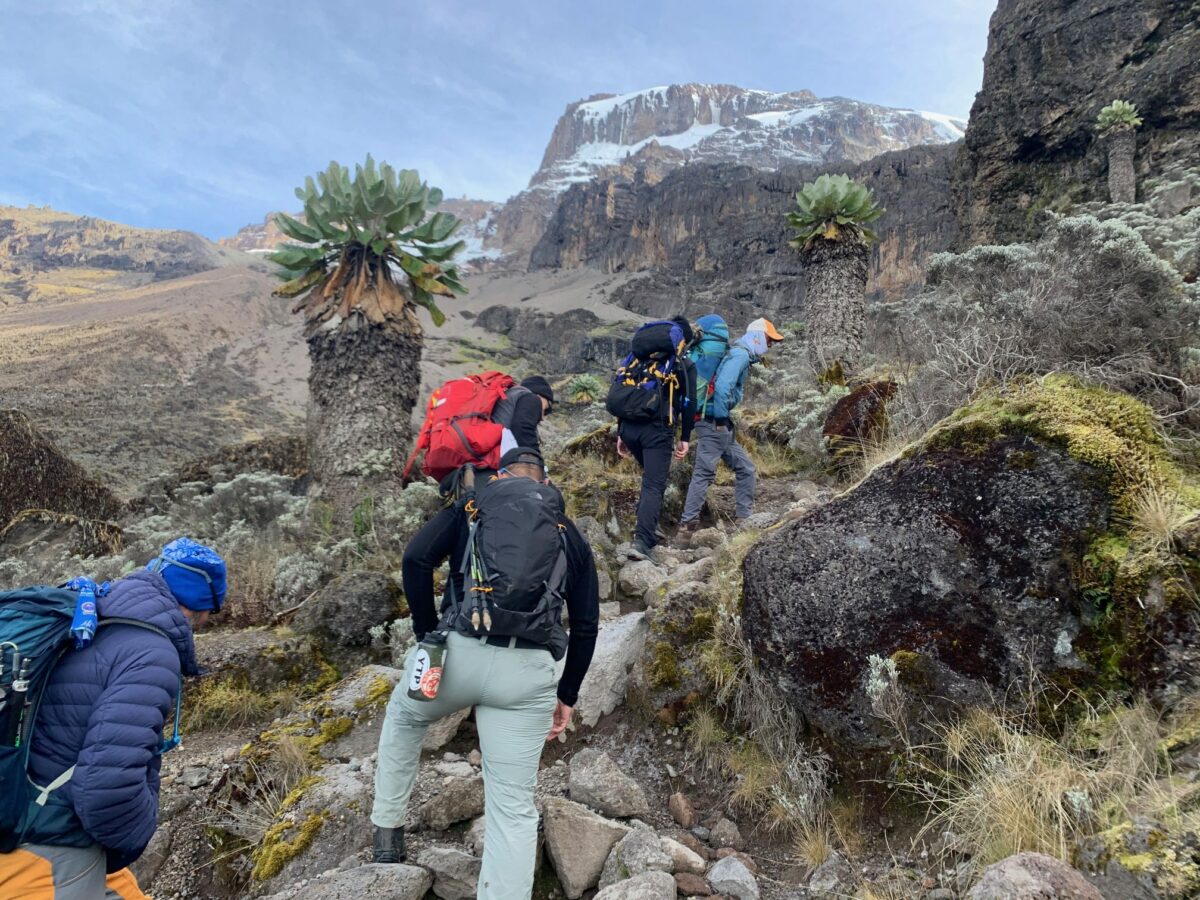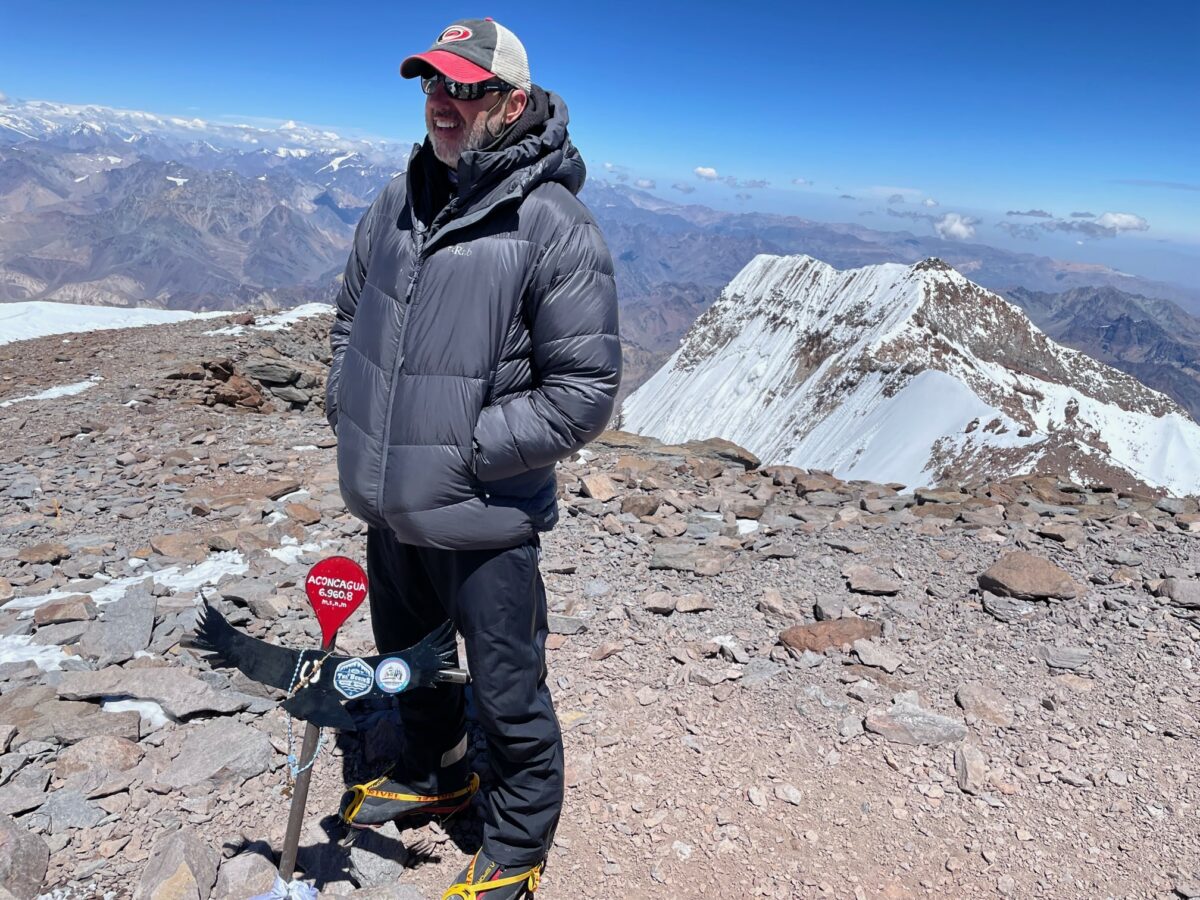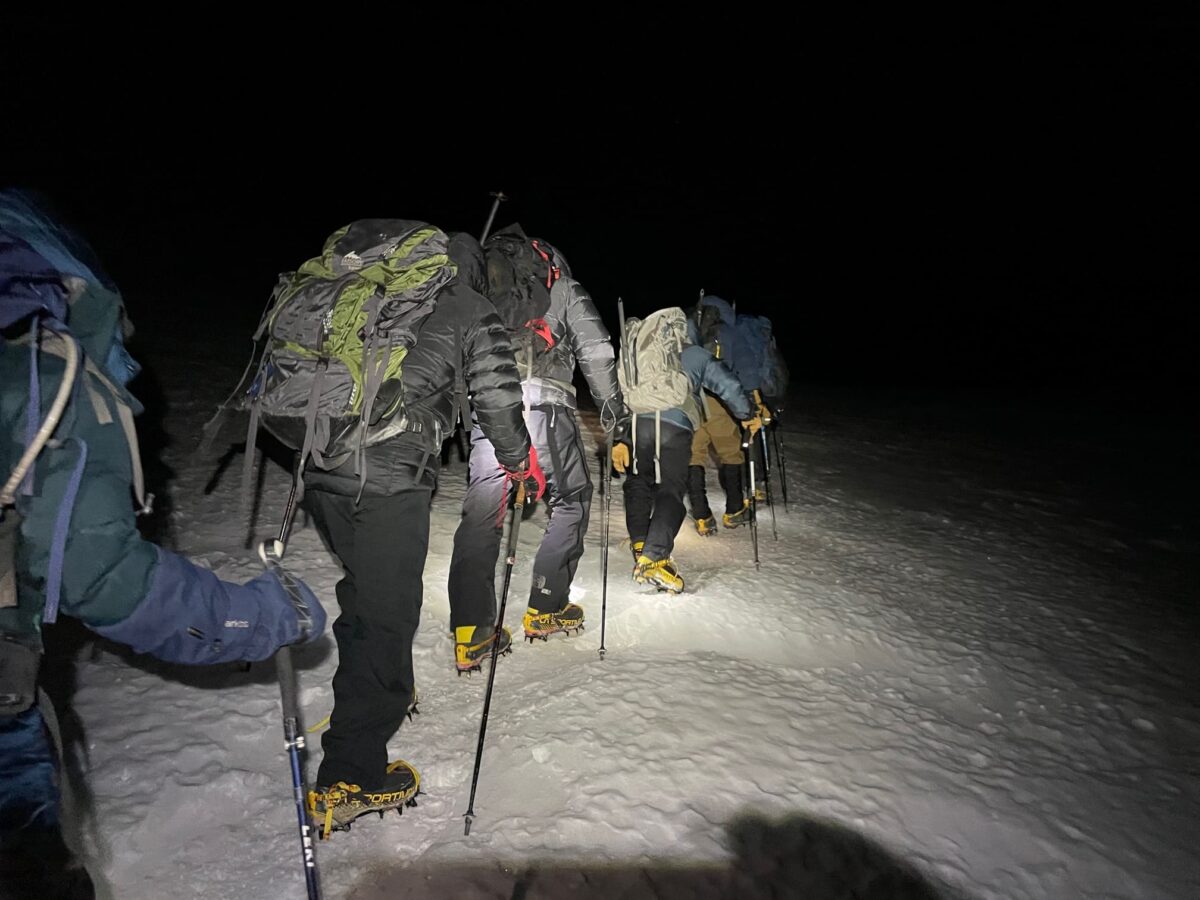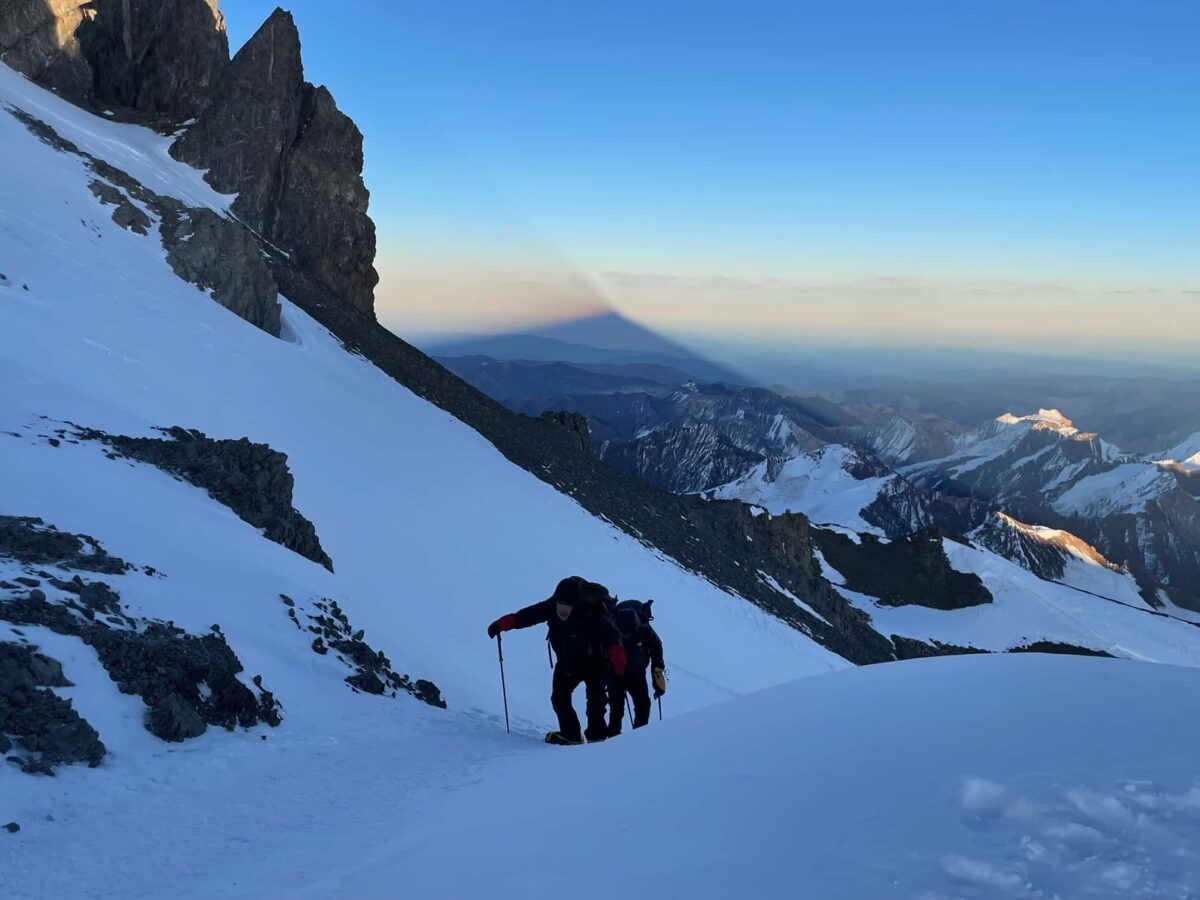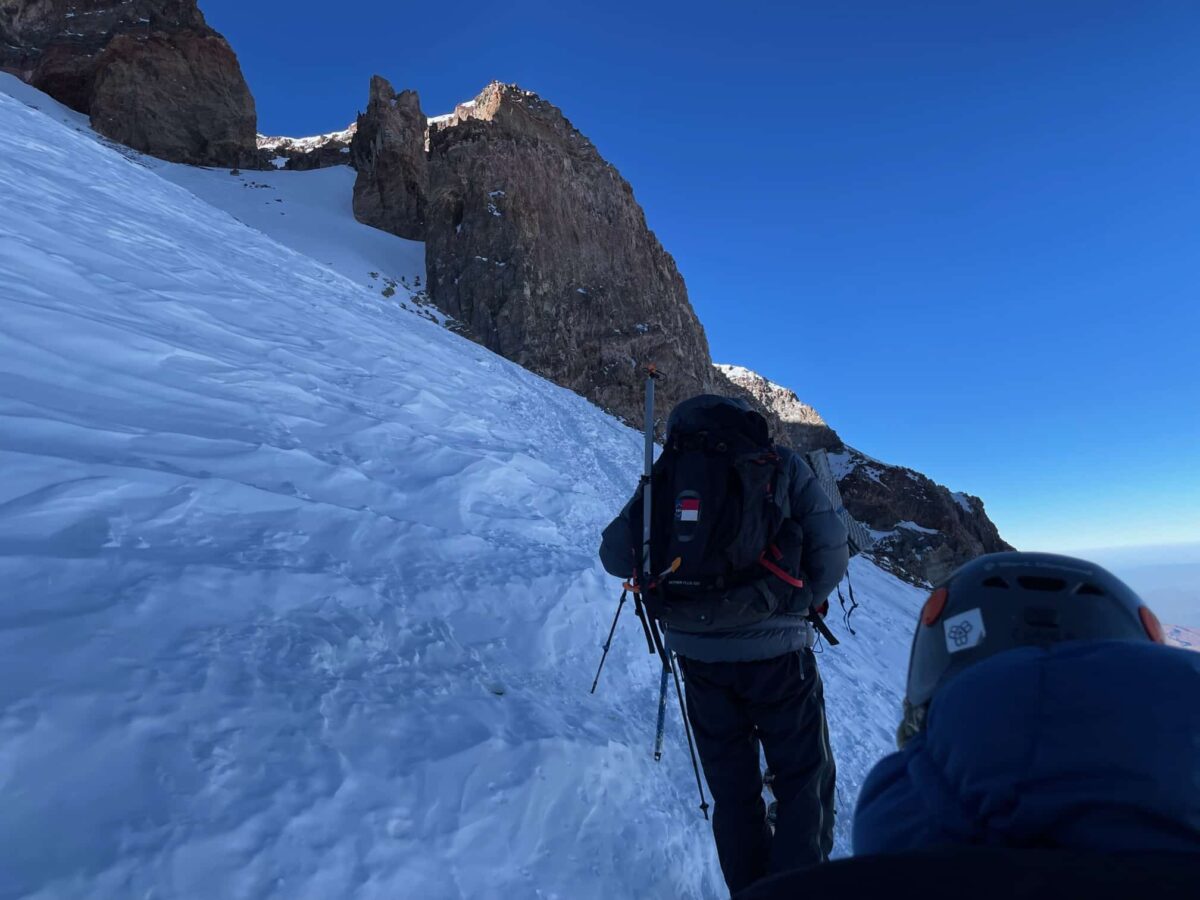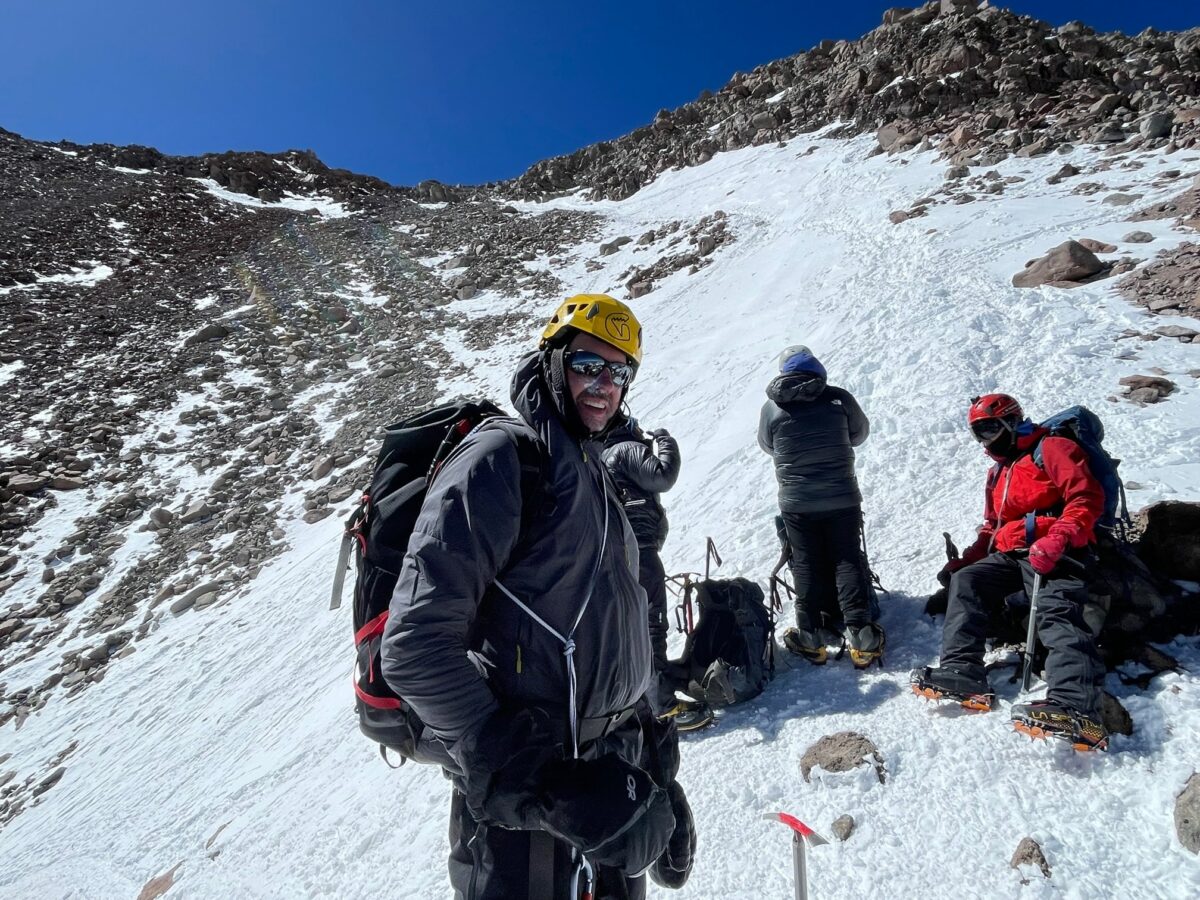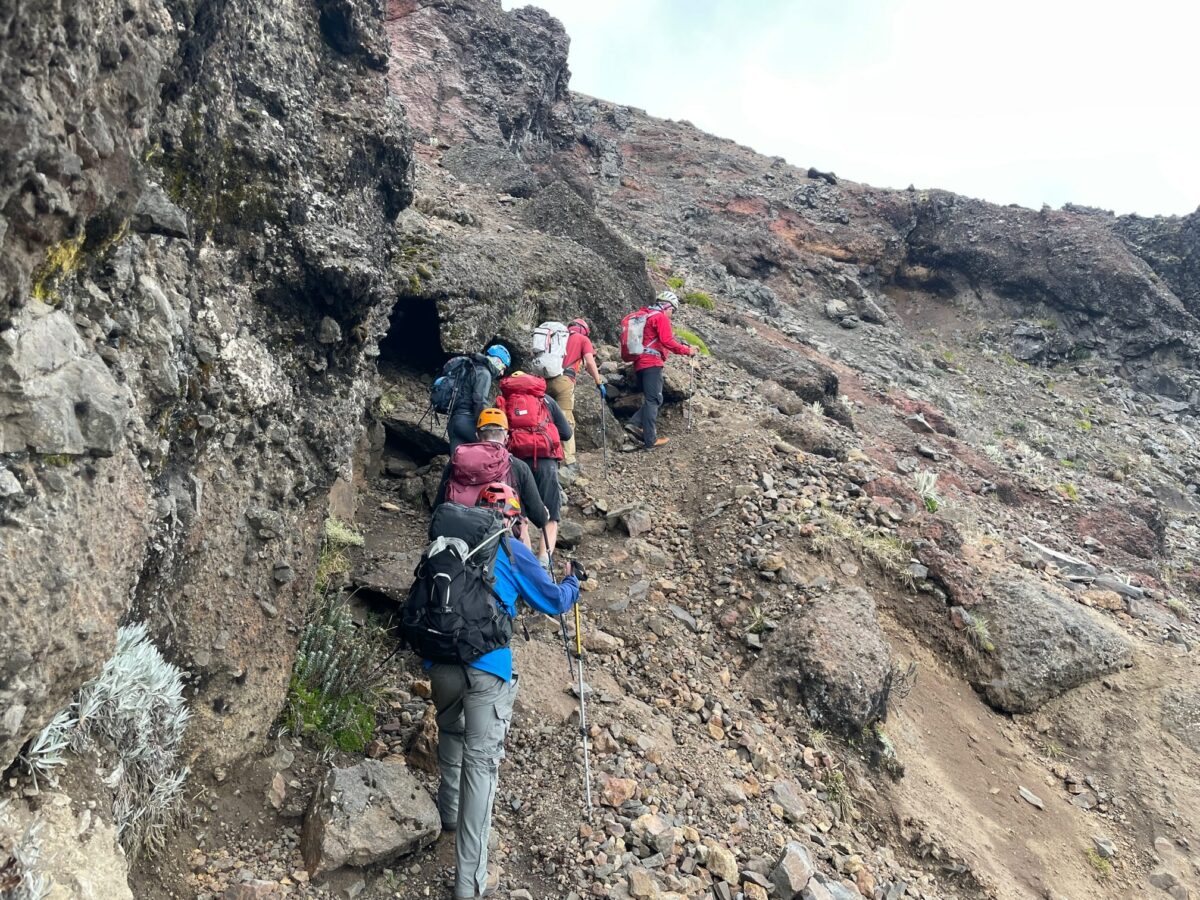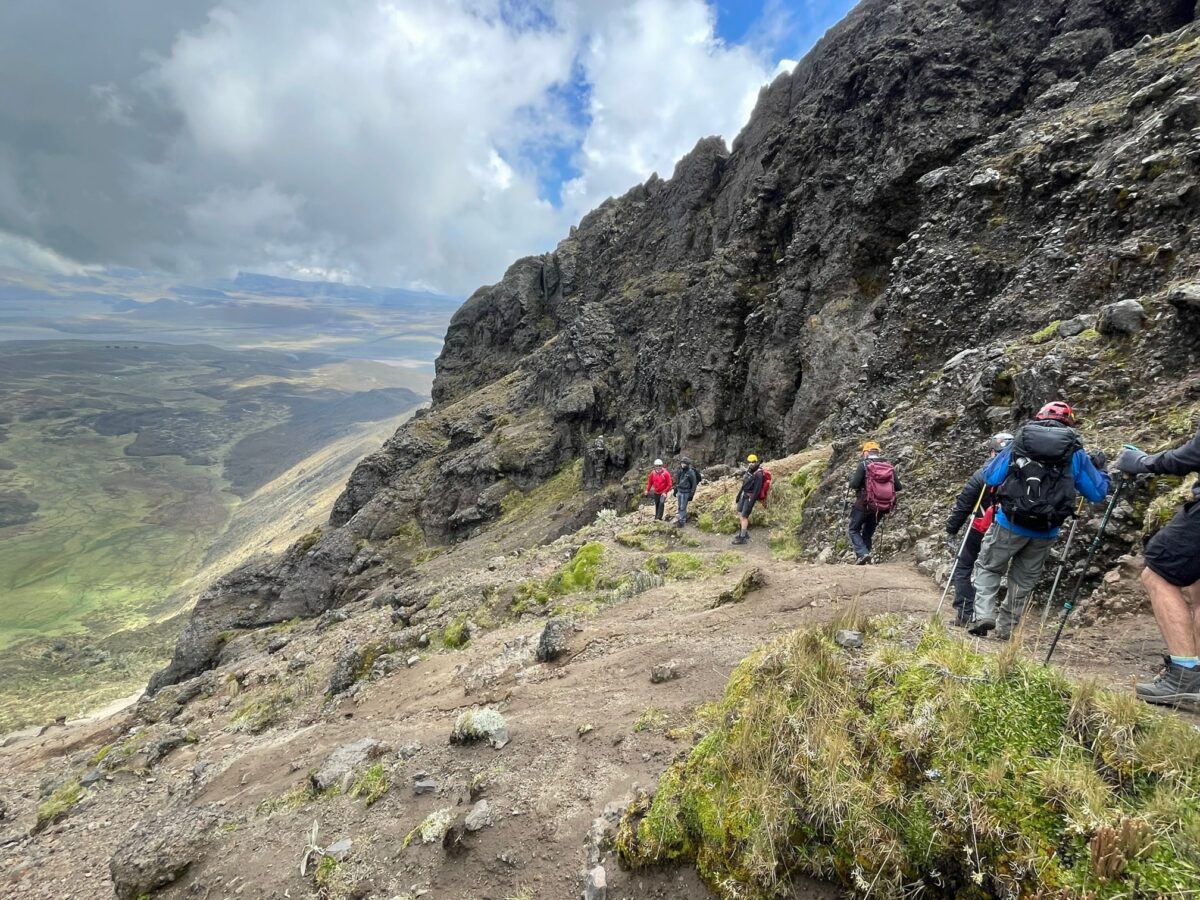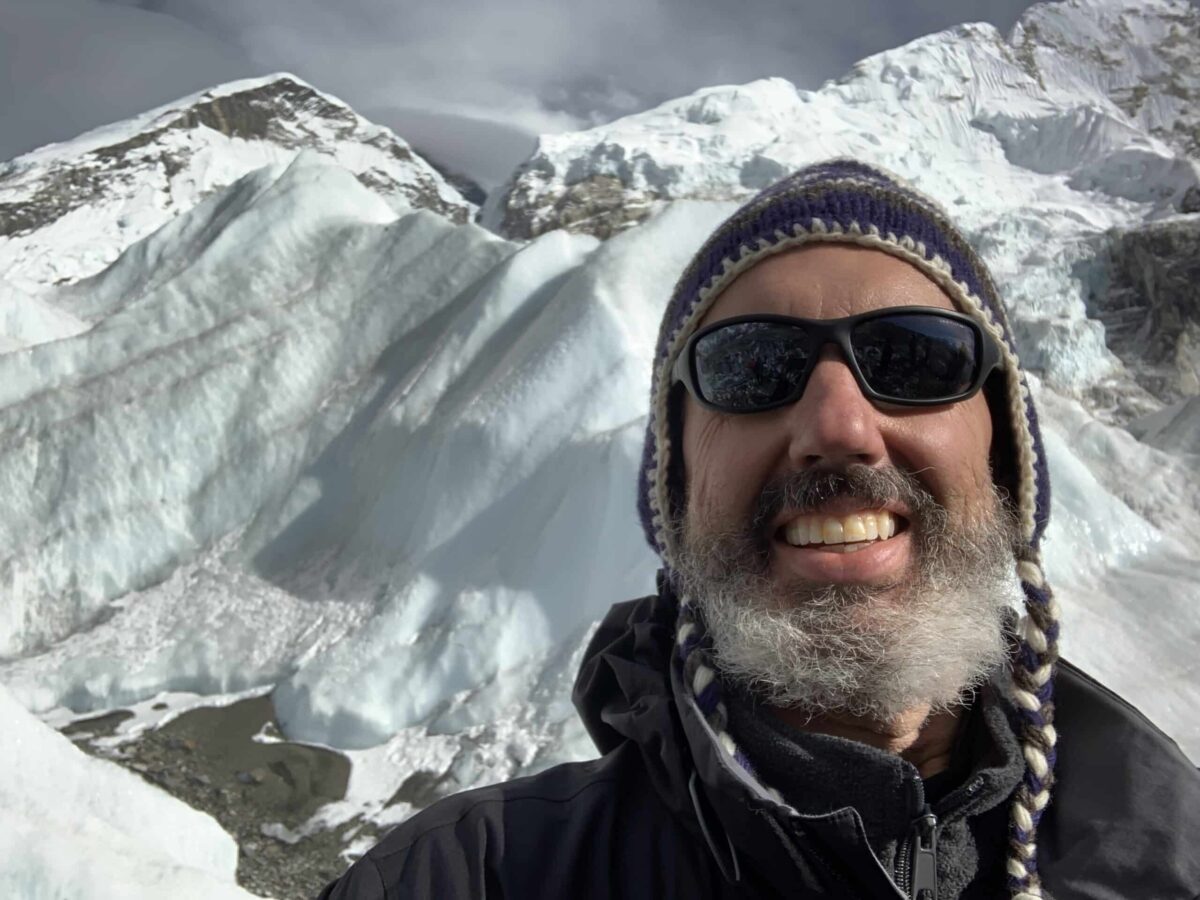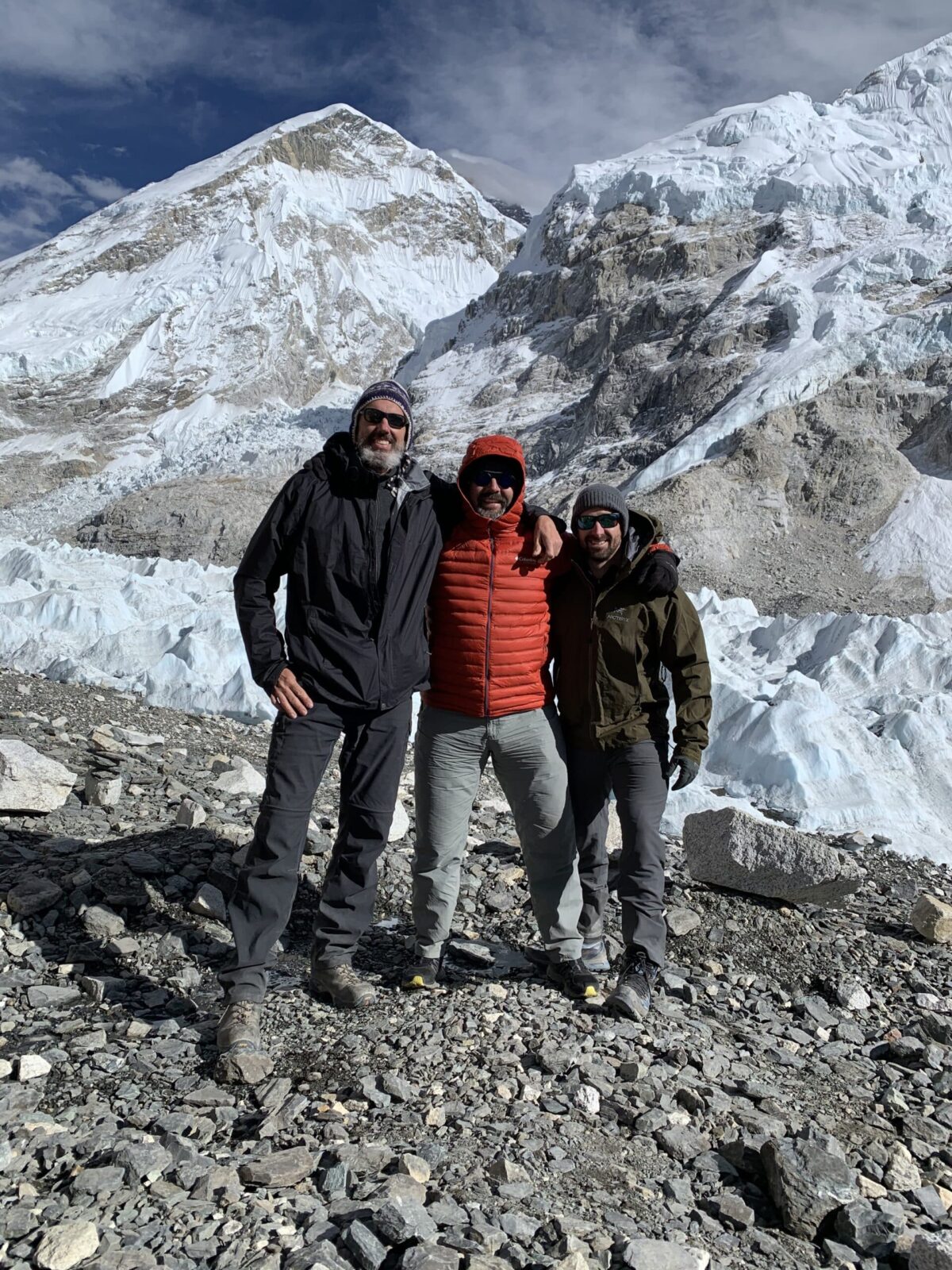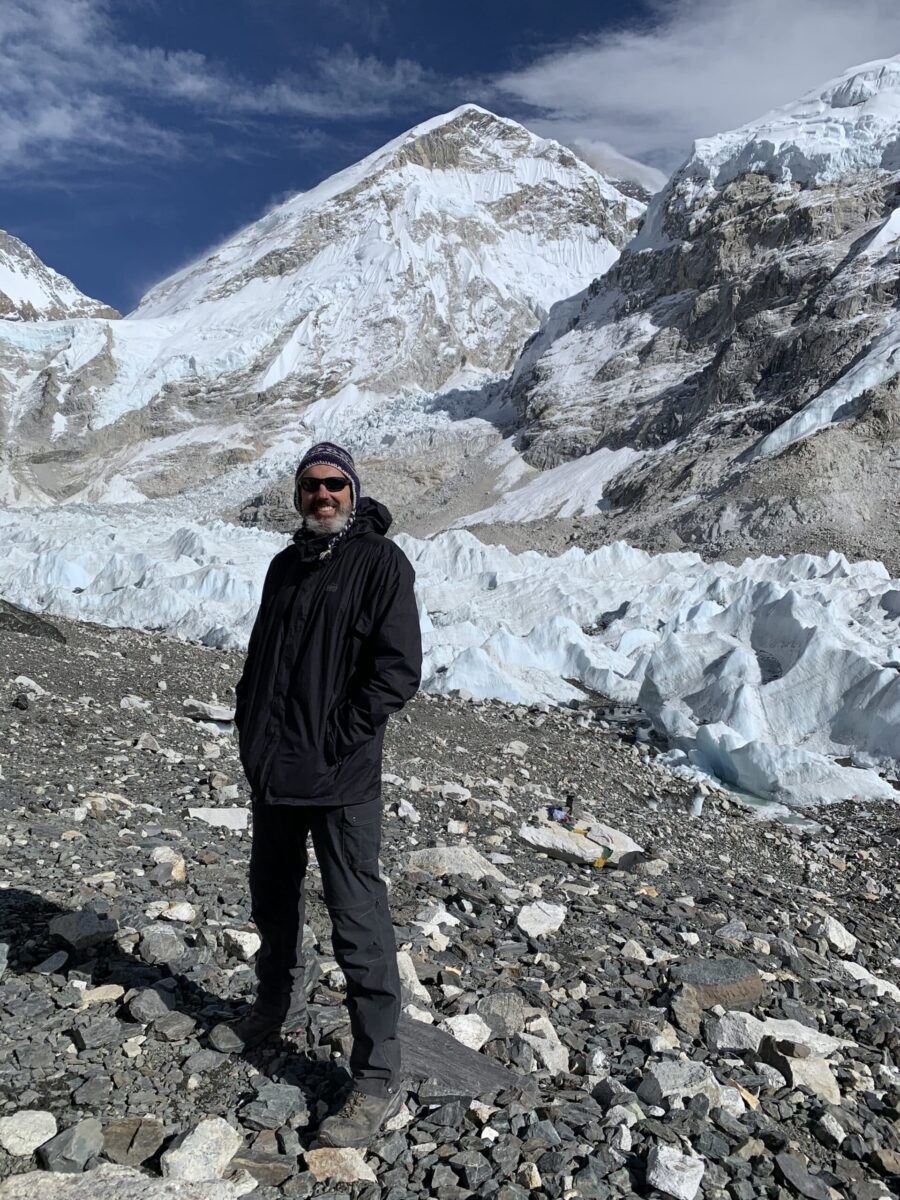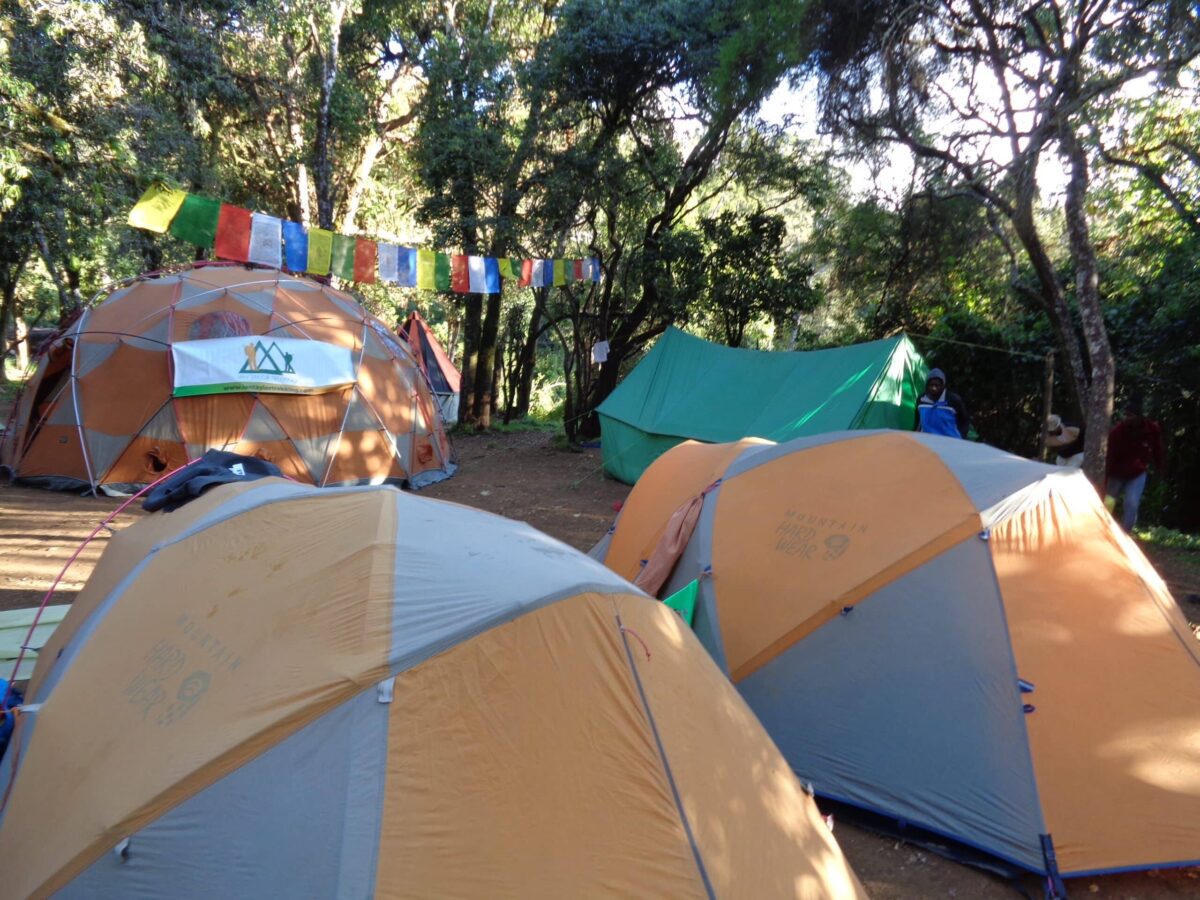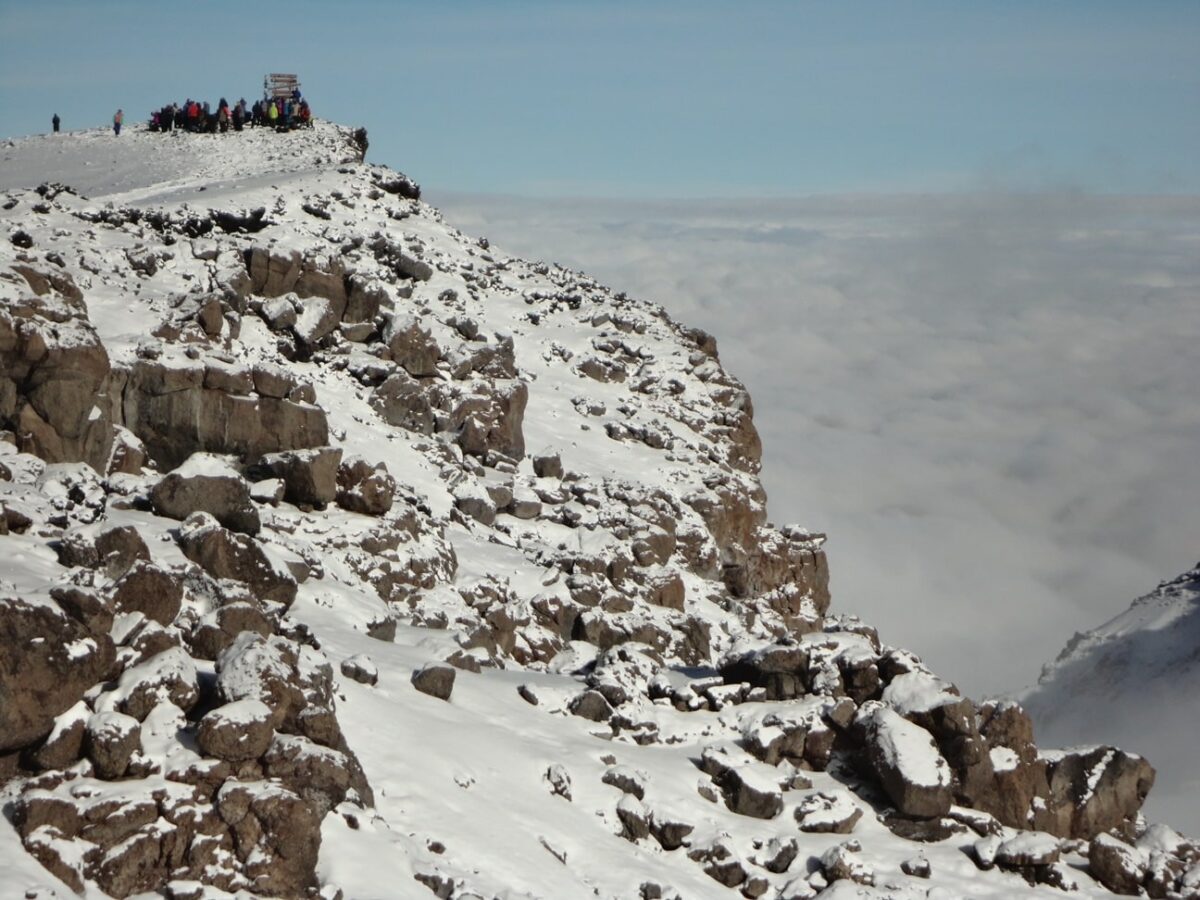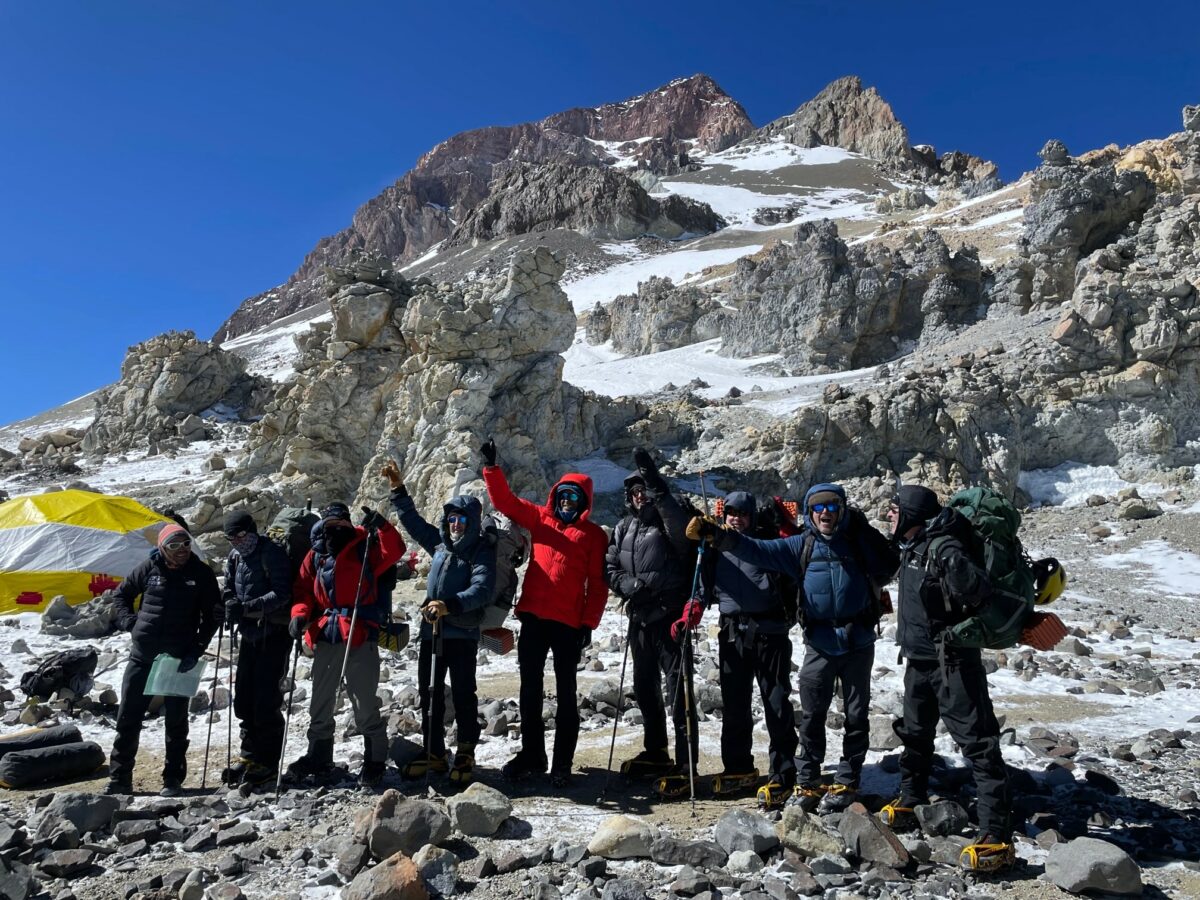My name is John Pendzinski from North Carolina and here is my experience training for big mountains. I have been on four Ian Taylor Trekking trips starting with Everest Base Camp, then Kilimanjaro, Cotopaxi and Aconcagua. Looking forward to the next big adventure!
Starting with Everest Base Camp
Training for previous treks/climbs was a progression. The first trek (EBC in Nov 2019) was simply adding a lot of cardio workouts to my existing routine at the gym – stair climbers, ellipticals, treadmills, usually with a weighted backpack.
I added in core and balance work and did post surgery rehab of a major shoulder/bicep repair done in February of that year. Training included miles and miles of hiking with a weighted backpack on local trails.
Go to Colorado
I made a few trips to Colorado to climb 14ers (Colorado has 58 peaks over 14,000’ asl) that provide multiple benefits. It gave me an honest assessment of my training
effectiveness and conditioning while I still had time to adjust.
It allowed me to see how my body would react to altitude (something I could not do living at sea level on the east coast) and let me try out all the new gear I acquired for the upcoming trek. The EBC trek went well. As I didn’t find it overly physically difficult in general, I considered the training adequate and trained much the same for the next trip – Kilimanjaro.
Preparing for Kilimanjaro
On Kilimanjaro (and an earlier training evaluation trip to CO that year) in January of 2021 however, being more of a climb than a trek, I found a deficiency in leg strength/endurance on long downhill sections on summit day and the long arduous descent to lower elevation.
Training on machines at the gym had given me adequate leg strength and conditioning for going up but found me less ready for the long way back down. I relied heavily on my trekking poles to manage and save my knees on the descent and made note that I needed to modify my training for the next trip.
The Mighty Aconcagua
So training was adjusted for the next planned trip, Aconcagua, to bolster up my conditioning for going downhill. Instead of using just machines I added doing leg conditioning work on stairs.
The local Y only being two floors provided just one set of stairs, but with a heavy backpack, did the job for up and down workouts, hours at a time. When the gyms shut down in response to Covid, I added running to my workouts, as it could be done outside on local trails. I was able, after a short time, to run a full 5K and did so a couple times a week.
Adding in Some Trail Running
I knew the running wasn’t training me where I needed* however I enjoyed the high heartrates and shorter duration of the workout with my busy schedule. *I had learned
on Kilimanjaro that my heartrate rarely went above 120 bpm and if it did, it did so only briefly. Running however was keeping my heartrate well above that – I would maintain it in the 160 range with my pace.
Training in the Correct Heart Rate Zones
I knew it didn’t make a lot of sense to be training at such a high heartrate when I knew the job coming up would have it much lower. I had read over and over, from sources like Ian and the Uphill Athlete that you need to train primarily in the zones you will be working in and those would be primarily aerobic (the aerobic low intensity HR zones are where your body is using body fat for fuel rather than simple sugars/carbohydrates.
In long duration events just as long distance running or mountaineering, it is very difficult if not impossible to take in enough carbohydrates to sustain the body in the anaerobic zone – therefore an athlete quickly hits the wall or “bonks.”
A body trained to perform in the aerobic zone however, can go for hours and hours with minimal fatigue or loss of energy – the body has thousands of calories available for fuel in its fat stores). The aerobic threshold (AT) is the heart rate where the metabolic change occurs and the body switches over its primary source of fuel for activity.
Diesel Truck Training
The analogy I came up with is the physical aspect of mountaineering is like being a big truck. You are going to be loaded up (backpack and gear), going at a very slow pace and will be doing so for a long time (hours and hours).
Just like a heavy tractor-trailer on the interstate driving cross country – a steady, slow pace for long periods of time. The low RPM (HR) “diesel training” as I refer to it trains the body to work and become efficient in the aerobic zone, conditioning and training the muscles for the repetitiveness of trekking/hiking/mountaineering work for long periods of time.
70% of Training Should be Load Carrying
To me the running felt like “formula one training.” Very high RPM (heartrate) for a much shorter duration (race). You can of course, run for long periods of time at a lower HR but at the time was not what I was doing.
Despite knowing this, I still enjoyed the intensity of the runs and kept it up. I liked the mental aspect of it too – my brain was constantly questioning why I was running – “We’re not trying to catch something to eat and nothing is chasing us for its next meal, why are we doing this?”
Where Should you Focus Your Training
It was a constant mental fight to shut the voice of the primitive brain off, trying to save energy as it is deeply programmed to do for survival, and work through it. It paralleled my brains whiny complaints when a climb got tough questioning what I’m doing and why I’m doing it (“this is too hard, there’s nothing on top of this mountain anyway, let’s go back down where its comfortable and have a beer”), so it was good mental conditioning for me.
Get a VO2 MAX Test
I was able to do some more climbing in CO that fall and was happy with my performance. Although I could not tell any benefit gained from my running, I could not see any negative effect either, so I kept it up. I got so into the running that later in 2021 I went and had a VO2 max test done. I was pleased with the results and it gave me my AT HR and allowed me to dial in my HR training zones.
Aconcagua 2022
As I continued to prepare for Aconcagua, Argentina made drastic adjustments to the 2021/2022 climbing season, greatly shortening the duration by months and only opening one route to the mountain.
It was recommended that those of us that signed up for the trip that year consider pivoting instead to Ecuador and plan on tackling the “stone sentinel” the following season when things would hopefully return to normal. It made sense- and going to Ecuador would further assess my readiness and let me try out the new gear I had purchased.
Cotopaxi and Chimborazo
Ecuador was a great trip and I enjoyed the daily climbing up dormant and ancient volcanoes. I was stronger than ever, with lower average heartrates, and although we didn’t get to summit our main objective, Cotopaxi, due to inclement weather and
associated avalanche risk, I went home feeling good about my current state of fitness.
Focus on the Current Climb
The additional time to get ready for Aconcagua really allowed me to push the training harder. I recognized how tough a job I had ahead of me and stayed very intimidated by the mountain. The altitude was thousands of feet higher than I had ever been, the duration of the expedition would be longer and a lot tougher with so much time spent high on the mountain living in tents. There was the added challenge of load carries up and down the mountain.
The Summit Success Rate on Aconcagua is 30%
I doubled down on the training – my fitness was one of the few variables I could control
on this expedition and I wanted to maximize my chances of success. Instead of just working the one flight of stairs at the Y, I found a parking deck close to the office that was six stories high.
I would go by every night after work, load up my backpack and work the stairs non-stop for hours at a time. When my knees would protest, I would follow the stairs with a second hour of walking up the parking deck ramps and then descending down the stairs, over and over.
Second VO2 MAX Test
I got a second VO2 max test. I was surprised to see my max was lower than the year before as in my mind, was in much better shape. To make sense of it, I made an appointment with the sports physician to go over the results.
Going through the data and training information between the two tests we determined that although I was running much more and much further distances than a year ago (10K’s a few times a week replaced the 5K’s), I had stopped doing the HIIT training I was doing pre-Kilimanjaro– the reason why my VO2 max was so high.
Although my own belief was the VO2 max itself wasn’t necessarily beneficial to my mountaineering goals, the physician corrected me. Even though my focus was training below my aerobic threshold, training to raise my VO2 max number would raise all the other numbers, including aerobic threshold.
Entering the Peak Phase of Training
The last few months of my training prior to departure to South America was made up of three days a week in the parking garage – loaded up with anywhere from 32lbs/ 14.5kg to over 60lbs/ 27kg in my pack. Then two days a week spent running 4×4 HIIT sessions on the treadmill, ending it by running a full 10K.
Saturdays/Sundays were spent at the local state parks, loaded up and taking advantage of whatever elevation I could get. Typically hikes were several hours, 5-6 miles long with total elevation gains/losses of around 2,000 feet. Some days I would run a 10K at a pace that would keep my heart rate right below or at my aerobic threshold, to work that heart rate zone and continue to nudge the AT higher.
Hours Training Per Week
I was spending 12- 16 hours a week training the last few months leading to the expedition, sometimes questioning if it was overkill, but at the same time, determined to succeed on the mountain. The Aconcagua trip came in February of 2023.
The training paid off exponentially. I found the days and climbs very manageable. The training I had done with what felt like excessive weight made load carries up and
down the mountain almost routine. After the trek into Base Camp and some proper acclimatization, my heart rates stayed so low the daily moves up and down the mountain didn’t even register as workouts on my watch.
Train Hard, Climb Easy!!
I was able to idle up and down the mountain with minimal effort while saving a lot of energy. My legs stayed strong up and down the mountain and daily recovery was quick. Combined with some breathing techniques (simple full but constant deep breathing to hyper oxygenate the blood prior to high demand work to compensate for the lower levels of O2 up high) I did not even notice the extreme altitude until summit day and well over 20,000 feet.
Summit Day on Aconcagua
Summit day was still tough, both physically and mentally. Between the weather and altitude the mountain made us work for every foot of ascent. I was on the team that made it to the top, and did so, perhaps a bit easier than some of the others. If you are thinking of taking on any of these adventures, do the training and do it with Ian Taylor Trekking!!

